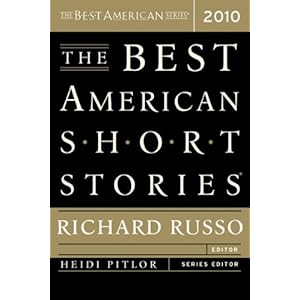
Digital Photography Secretsby David Peterson Click Here! How to
When it comes to American history, no other animal is more closely connected with the story of this country than the horse. Inseparable from the Wild West, and indistinguishable from the image of the American cowboy, horses will be forever identified with the photo of early Americana. But no breed of horse is more interconnected with this cherished history than Paint horses.
But as closely connected with American history as they are, ironically, Paint horses had their start in America via Spain. When Spanish explorers came to the New World in 1519, they brought with them an substantial whole of Supplies and a whole of horses. These Paint horses at last dotted the scenery in wild herds, and by the 1800s tribes of American Indians were using the breed for riding.
American Stories
There were a range of names attached to these spot covered horses throughout the 1800s and 1900s, but the name that seemed to stick was the Pinto horse. However, a group of horse enthusiasts, dedicated to preserving more than just the unique color patterns of this single breed, formed in the 1960s calling themselves the American Paint Stock Horse association - a group that went on to at last identify and classify the distinct varieties of Paint horses.
Paint horses - under this precise classification theory - must not only cleave to strident color pattern regulations but must have at least one parent that is a registered Paint horse in order to be identified as part of the breed.
The color patterns specific to paint horses comprise any combination of the color white and an additional one color appropriate to horses such as brown, gray or black. Their distinctive coloring often looks like splashings of paint - or markings - over the horse's body but easily fall into three color classifications that a horse must have in order to be carefully a Paint horse.
The three color patterns are: tobiano, which ordinarily features four white legs, round or oval spots across the chest and neck area, and a two-toned tail; the overo pattern wherein the foremost color is whether white or dark, four dark legs, white head coloring, and single colored tail; and a combination of tobiano and overo that is referred to as tovero and used to impart those Paint horses that have coarse qualities of both.
Paint horses today are often seen in contemporary day rodeos, as well as in horse competitions such as racing and showing. The American Paint Horse is a plainly arresting breed that is highly amiable and easily trained. As such, they are also often used for trail riding and as a temperate ride for children.
The image of paint horses conjure up thoughts of the American frontier where battles were waged on open land and under endless skies. This single breed of horse encapsulates all the romanticism of these primitive beginnings. But the contemporary paint horses stay true to their history while taking their place in contemporary times both as a competitor and as a companion.
Paint Horses As A Part Of American History
Digital Photography Secretsby David Peterson Click Here!
Related : USB Battery Charger & Accessories Deals Puppies Invicta Mens 5835 adidas Mens Raggmo Thong Sandal
![The Best American Short Stories 2010 (The Best American Series (R)) [Paperback]]( http://ecx.images-amazon.com/images/I/417-fWjfIYL._SL500_AA300_.jpg )

No comments:
Post a Comment